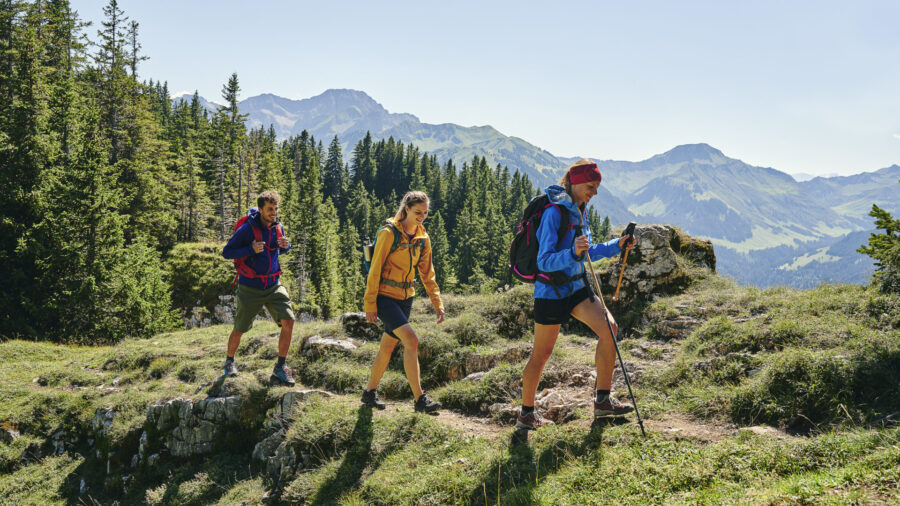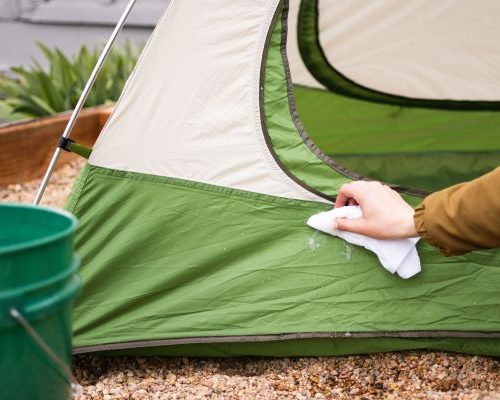Hiking is a fantastic outdoor activity that allows you to connect with nature, stay active, and explore breathtaking landscapes. Whether you’re a seasoned hiker or a beginner, safety should always be a top priority. In this comprehensive guide, we will explore essential hiking safety tips to ensure your outdoor adventures are enjoyable and risk-free. From proper planning and gear selection to dealing with wildlife encounters and navigating tricky terrains, we’ve got you covered.
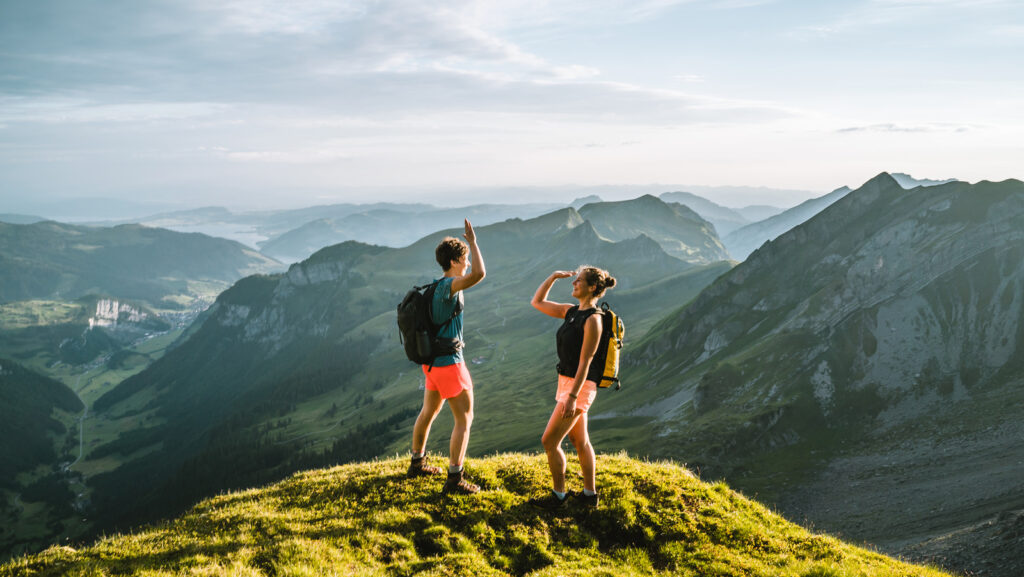
Pre-Hike Preparation
Before embarking on a hiking trip, adequate preparation is crucial. This section covers the following aspects:
- Research and Planning: Detailed information on researching the trail, obtaining maps, and understanding trail difficulty levels.
- Tell Someone: The importance of informing someone about your hiking plans, including your intended route and estimated return time.
- Gear Checklist: A comprehensive checklist of essential hiking gear, such as proper footwear, clothing, backpack, navigation tools, and more.
- Weather Conditions: The significance of checking weather forecasts and understanding how changing weather can affect your hike.
Trail Safety
This section focuses on staying safe while on the trail, including:
- Stay on Marked Trails: The importance of sticking to established trails to avoid getting lost.
- Navigation Skills: Basic map and compass skills, along with GPS usage.
- Hydration and Nutrition: Tips for staying nourished and hydrated during your hike.
- Group Hiking: The advantages of hiking in a group and tips for group dynamics.
Wildlife and Flora
Understanding and respecting the environment you’re hiking in is crucial:
- Wildlife Encounters: Guidelines for encounters with wildlife, including bears, snakes, and other animals.
- Flora Caution: Information about poisonous plants and how to avoid them.
First Aid and Emergency Preparedness
You should be ready to handle potential emergencies. These hiking safety tips are very important for hikers specially for beginners.
- First Aid Kit: Building a comprehensive first aid kit for common hiking injuries.
- Emergency Contacts: Important numbers to have on hand.
- Emergency Shelter: Preparing for unexpected weather changes or injuries.
Safety During Extreme Conditions
Hiking safety extends to various environmental conditions. This section discusses:
- Hiking in Hot Weather: Tips for staying cool and avoiding heat-related illnesses.
- Hiking in Cold Weather: Advice on dressing in layers, preventing hypothermia, and recognizing frostbite.
- Hiking at High Altitudes: Understanding altitude sickness and how to prevent it.
TOP 10 Hiking Safety Tips You Must Follow
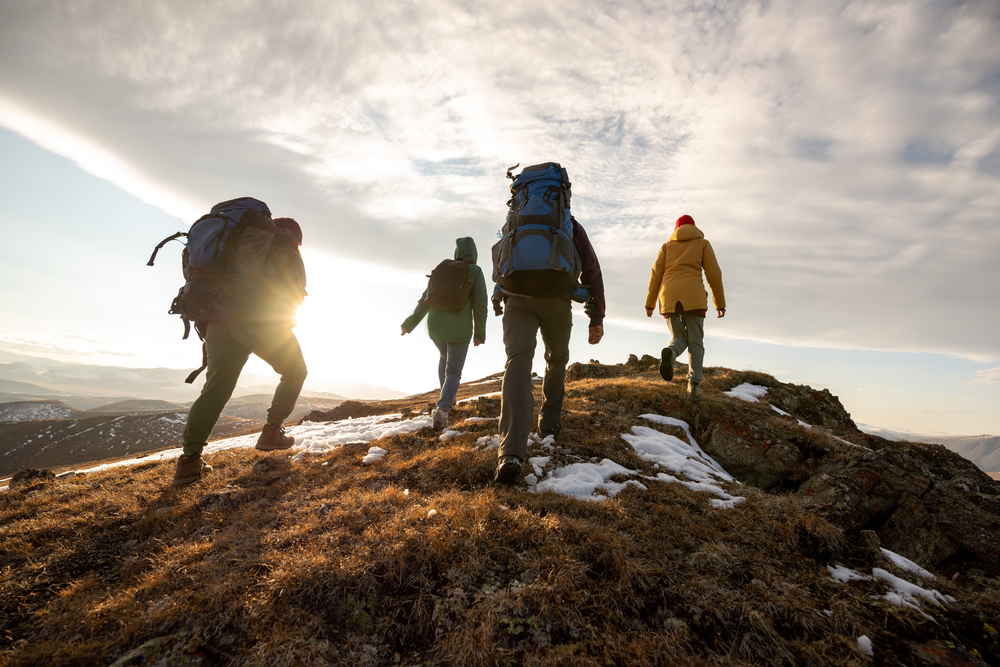
1. Proper Preparation is Key
Know Your Trail
Before hitting the trails, research and familiarize yourself with the hike’s specifics. Learn about the trail length, difficulty level, and any potential hazards. Websites, guidebooks, and park rangers are great resources for this information.
Tell Someone Your Plans
Always let someone know your hiking plans. Provide them with details about your chosen trail, expected return time, and emergency contacts. This simple step can be a lifesaver if you get into trouble.
Check the Weather
Weather can change rapidly in the great outdoors, and being caught in a sudden storm can be dangerous. Check the weather forecast for your hiking area and be prepared for unexpected weather shifts.
Carry Adequate Supplies
Pack essential supplies such as food, water, a first-aid kit, a map, a compass, a multi-tool, a flashlight, and a fully charged phone. Additionally, consider carrying extra clothing and gear appropriate for the season and terrain.
2. Dress Appropriately
Wear the Right Footwear
Invest in a pair of quality hiking boots with proper ankle support and good traction. Ill-fitting footwear can lead to discomfort and injury on the trail. we have other blog related best hiking boots which you can check out for more information.
Layer Your Clothing
Dressing in layers allows you to adapt to changing weather conditions. Start with a moisture-wicking base layer to keep sweat away from your skin, add an insulating layer for warmth, and finish with a waterproof and windproof outer layer.
Protect Against the Sun
Wear sunscreen, sunglasses, and a wide-brimmed hat to shield yourself from harmful UV rays. Sunburn can be just as detrimental as any other hiking hazard.
3. Stay Hydrated and Nourished
Carry Sufficient Water
Dehydration can quickly set in, so ensure you have an adequate supply of water. A general guideline is to drink at least half a liter of water per hour, but this can vary depending on temperature and exertion.
Snack Along the Way
Hiking burns calories, and you need to keep your energy levels up. Pack high-energy snacks like granola bars, trail mix, and dried fruits to munch on during your hike.
4. Hiking in a Group
The Buddy System
Hiking with a friend or a group is not only more enjoyable but also safer. In case of an emergency, having others around can be a significant advantage.
Stay Together
If hiking in a group, stick together and make sure no one falls behind. This ensures that everyone is safe and accounted for.
5. Trail Etiquette
Leave No Trace
Follow the Leave No Trace principles, which include packing out all trash, respecting wildlife, and staying on designated paths. This not only protects the environment but also contributes to a safer hiking experience.
Yield to Others
When encountering other hikers on the trail, yield the right of way. Uphill hikers typically have the right of way, so step aside and allow them to pass.
6. Navigational Skills
Carry a Map and Compass
While many trails are well-marked, it’s essential to carry a map and compass and know how to use them. GPS devices are helpful but can fail or run out of battery.
Mark Your Trail
As you hike, periodically look back and take note of landmarks to ensure you can retrace your steps if needed.
7. Wildlife Encounters
Stay Calm
If you encounter wildlife, stay calm and make yourself known by talking or making noise. In most cases, wildlife will avoid humans if they are aware of your presence.
Store Food Securely
Keep food in sealed containers to avoid attracting wildlife to your campsite. Bears and other animals can become a significant safety risk if they associate humans with food.
8. Emergency Situations
Know Basic First Aid
Take a basic first aid course to be prepared for common hiking injuries like blisters, sprains, and cuts.
Signal for Help
Carry a whistle, mirror, or other signaling device that can help rescuers locate you in case of an emergency.
In Case of Getting Lost
If you become lost, stop, stay calm, and try to retrace your steps or use your map and compass. Avoid making irrational decisions or wandering aimlessly.
9. Hiking with Children and Pets
Children
When hiking with children, keep an eye on them at all times, and ensure they have age-appropriate gear and clothing. Adjust the pace to their abilities.
Pets
If you bring pets, make sure they are on a leash and follow the “Leave No Trace” principle by cleaning up after them.
10. Respect Local Regulations
Always follow the rules and regulations of the hiking area. These are in place to protect both you and the environment.
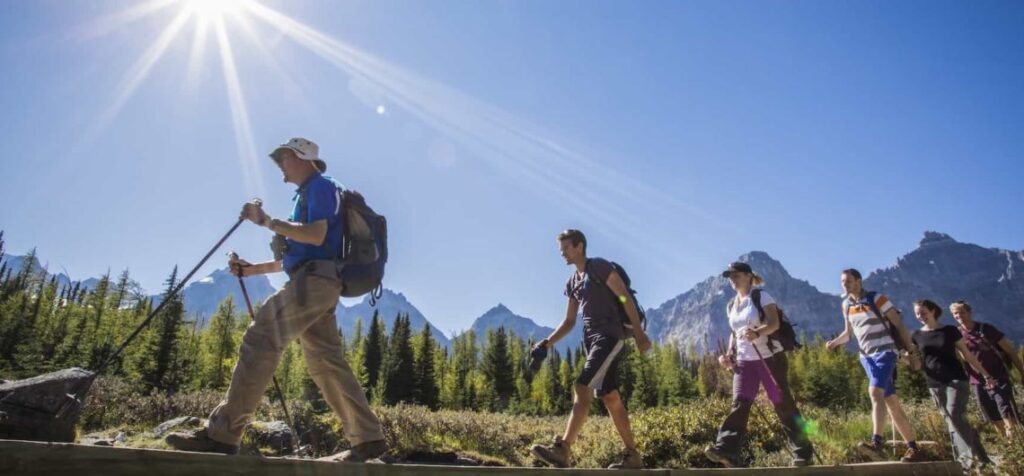
In conclusion, hiking can be a wonderful and fulfilling outdoor activity, but it comes with inherent risks. By following these hiking safety tips, you can minimize those risks and enjoy your time in the great outdoors to the fullest. Remember, being prepared, staying informed, and making responsible choices will help ensure your hiking adventures are both enjoyable and safe. Happy hiking!
